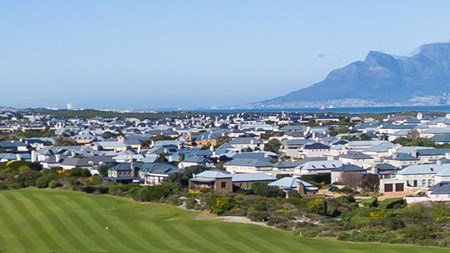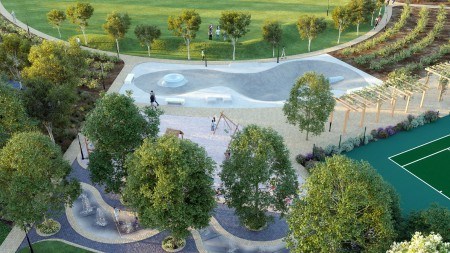Community living has grown in popularity around the world, and South Africa is no exception.
In line with these international trends, a multitude of residential estates and other developments have been created across South Africa in order to fulfil homeowner’s lifestyle requirements and their need to be close to a range of amenities and facilities.
Adrian Goslett, CEO of RE/MAX of Southern Africa, points to the US, where 56% of respondents in National Association of Realtors’ Community Preference Survey indicated that they favour walkable, mixed-use neighbourhoods over neighbourhoods that require more driving between home, work and recreation.
“Walkable communities are defined as those where shops, restaurants and local businesses are within walking distance from homes,” explains Goslett, who adds that according to the survey, 77% of respondents said they would look for neighbourhoods with abundant sidewalks and other pedestrian-friendly features when considering a home purchase. A further 50% indicated that they would like to see improvements to existing public transportation rather than initiatives to build new roads and developments.
“Interestingly enough, the survey also revealed that while space is important to home buyers in the US, many are willing to sacrifice space for less driving. The survey also found that community characteristics are very important to most people, reflected in the fact that 88% of respondents placed more value on the quality of the neighbourhood than the size of the home, and 77% of those surveyed wanted communities with high-quality schools,” says Goslett.
Goslett also points to Australia where the growth of private walled residential estates or gated communities since the mid-1980s has shown a dramatic increase. In fact, a recent estimate suggests that around 100 000 Australians are living in
gated communities.
Local demand for lifestyle benefits, secure living environments and accommodation options that are close to central business nodes has also grown considerably in recent years, which is being addressed by the many lifestyle estates and mixed-use precincts that have been developed with work, play, live environments where office, retail, entertainment and residential nodes are all located in one estate or development along with other facilities such as schools.
With the number of residential estates and developments having increased significantly over the past ten years or so, there can be no doubt that close community living is a sought after way of life. “A well-planned residential community offers a variety of housing choices across the price spectrum along with recreational facilities, amenities, support services and open space. For many new homeowners, it's the perfect choice for today's 24/7 lifestyles,” says Goslett.
“Security has been one of the driving factors behind the growth in popularity of these developments, with the lifestyle attractions they offer either within the estate or development or reasonably close by, next in line.”
But, he says, whether buyers are looking to purchase a unit in a mixed-use development, a sectional-title complex or a free-standing home on a lifestyle estate, location remains the biggest consideration.He says buyers should ask themselves: is the development convenient for work? Are there quality schools nearby? What's the community like? Is it attractive? What about recreation facilities like a pool, parks or a golf course?
“The amenities on offer should also enhance the residents’ quality of life,” says Goslett. “These planned communities are all about convenience and lifestyle, so make sure the amenities are ones you would enjoy whether it is tennis courts, hike-and-bike trails, recreation centres, gyms, sports fields, golf courses, clubhouses etc. Smart community planning also considers views and the preservation of natural open space, as well as convenience for residents. In addition, these kinds of developments will also typically be closer to good schools, commercial/retail centres, and major transportation corridors.”
Another benefit of community living mentioned by Goslett is the architectural integrity. “A planned community establishes master architectural guidelines for homes and community amenities, which ensures that neighbourhoods are well designed and complement each other for the long term. These guidelines create a unified theme, but with variations so that each neighbourhood is unique. Long-term community specifications maintain the integrity of an attractive street scene, as well as landscaping and facilities,” he says.
Residential developments in South Africa generally have a central governing body that oversees the interests of the development and its property owners. This includes various aspects such as maintaining the overall look of the estate, security matters, infrastructure, social activities and more.
“While close community living is a lifestyle choice, property within these kinds of developments saw exceptional returns in the boom times, and has mostly held its own during the recession. Demand for security and the lifestyle elements these estates offer means that property owners can expect continued value growth over the medium to long term,” Goslett concludes.



